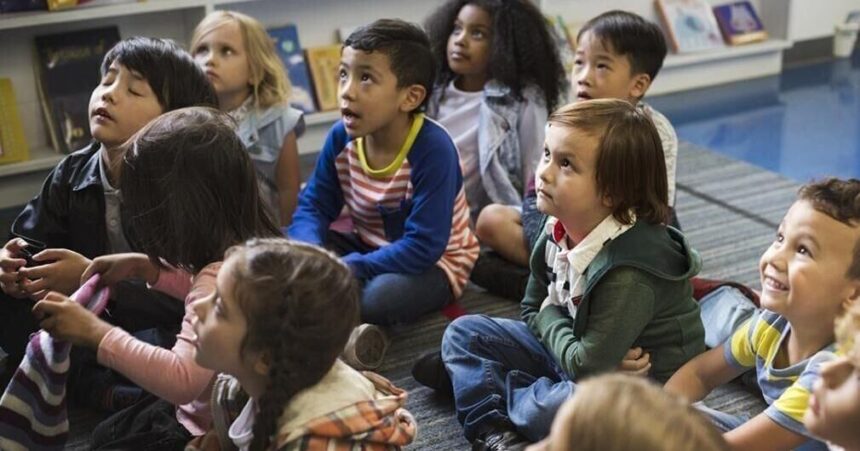About 200 child care providers, advocates, and industry experts gathered in Helena this week to share their thoughts on the sector’s future and discuss possible solutions to the challenges plaguing it. They come from all over Montana, living and working in communities big and small.
Underlying the two days of programming was a fundamental assertion that child care is foundational to the economic growth of local communities and the state more broadly. To achieve that goal, organizers said, child care providers need support developing the tools to run their facility like it’s a business, because it is one.
“The people doing this, they know what they need to do for kids,” said Rhonda Schwenke, one of the event organizers. “They want to be quality caregivers. They know that side of it. It’s this other side of it that causes turnover and burnout because it’s a lot.”
People are also reading…
Zero to Five hosted its annual Montana Child Care Business Connect Summit in Helena on Aug. 7.
Hosted by Zero to Five Montana, a nonpartisan organization focused on early childhood, Wednesday’s Child Care Business Connect Summit included nearly two dozen workshops and panel discussions.
Attendees could learn how to integrate new software into their businesses to make operations more efficient in the morning and hear how to contact legislators in the afternoon. They could spend their first session practicing how to project costs or diving deep on the state’s early childhood apprenticeship program, followed by conversations about community advocacy or workforce impacts in the afternoon.
Long characterized by frequent worker turnover and high rates of churn with facilities closing after just a couple years, the industry has struggled to provide families with affordable and accessible care that is also high quality.
As of 2023, the average Montana family spent $18,940 on child care, or about 28% of the state’s median household income, according to a report from the state’s Department of Labor and Industry. Economists recommend families spend no more than 7% of their total income on child care.
Organizers hope the tools and conversations from this week’s summit can help make the business of child care more sustainable. More consistency in child care means a more stable work force and greater opportunity for economic growth, advocates say.
That same DLI report estimates that about 66,000 Montana parents are unable to fully engage in the workforce, with many working fewer hours than they would otherwise. Based on a survey of businesses, DLI approximates that $55 million in business revenue has been lost annually.
“Child care is a community issue,” said Tori Sproles, executive director at Bozeman-based Child Care Connections “It’s an everybody issue.”
Zero to Five received a grant from the American Rescue Plan Act through the state health department in June 2022 that helped make this annual summit possible. Funding also went toward growing the Montana Child Care Business Connect program to provide training and technical assistance to child care businesses as well as create an online resource hub to support providers, workers, and families.
Child care in the 2025 Legislature
The last legislative session stood apart compared to years past for its focus on early childhood care. Numerous bipartisan bills aimed to make it easier for providers to grow capacity and make child care more accessible to families.
House Bill 352 created an early intervention literacy program for qualifying children. House Bill 648 expanded Best Beginnings, a program meant to help parents earning low incomes afford child care, to more families. Legislation passed to increase staffing ratios and to allow home-based providers to offer care without a license to small groups of children.






